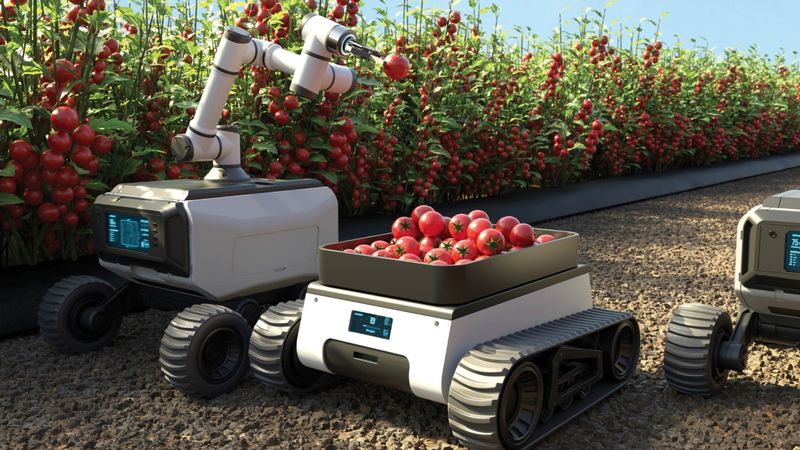Powering Precision Agriculture: Five Ways PCBAs Drive Ag Tech
Learn about some of the trends driving the use of technology in agriculture.
This article was first published on
www.macrofab.comThe agricultural industry is undergoing a digital revolution. Precision agriculture, powered by data-driven technologies, is transforming how farms operate. Farmers can now make informed decisions, optimize resource use, and achieve greater efficiency and sustainability.
A critical, yet often unseen, component of this transformation is the printed circuit board assembly (PCBA). It is these devices that act as the brains behind many of the farm technology tools and equipment used in agriculture today.
This exploration dives into five key Ag Tech trends shaping agriculture in 2024, all reliant on the power and precision of PCBAs and their electronic components. Continue reading to learn more about the five most important trends in agriculture technology, and how PCBAs help power them.
- The Internet of Things (IoT) for Farms
The Internet of Things (IoT) revolutionizes agriculture by creating a network of interconnected devices that collect and transmit valuable farm data. From tiny wireless sensors to weather stations, devices are embedded throughout farms, providing real-time monitoring.
Examples of IoT devices in agriculture include:
Soil moisture sensors: These probes monitor soil moisture levels, allowing farmers to optimize irrigation and prevent water waste.
Temperature and humidity sensors: By using these devices, farmers can control greenhouse environments and ensure optimal crop growth conditions.
Plant health sensors: Plant health sensors detect early signs of disease or nutrient deficiencies, allowing for prompt intervention and improved crop yields.
Livestock wearables: Smart collars and tags can track the location, health, and activity levels of animals, enabling better management and disease prevention.
Weather stations: Real-time weather data helps farmers plan planting schedules, irrigation strategies, and harvest times to minimize weather-related risks.
PCBAs: The Driving Force Behind the Data Collection
At the heart of every IoT device lies a PCBA, essentially the device's miniaturized circuit board brain. This board houses crucial components like microprocessors, sensors, and communication modules. The quality of the PCBA directly impacts the device's performance. A well-designed and manufactured PCBA ensures:
Reliable data collection: Accurate sensors and robust circuitry are essential for capturing trustworthy farm data.
Seamless data transmission: Reliable communication modules enable uninterrupted data transfer from the device to the cloud or farm management software.
Low power consumption: For battery-powered devices, efficient PCBA design minimizes energy use and extends operational life.
By providing the foundation for robust data collection and transmission, PCBAs are the unsung heroes of the IoT revolution in agriculture. They empower farmers to make data-driven decisions, optimize resource use, and to ultimately achieve greater farm productivity and sustainability.
This field still has plenty of room for growth. Despite the availability of precision agriculture technologies since the 1990s, only 27 percent of U.S. farms and ranches adopted these practices by 2023, according to USDA statistics.
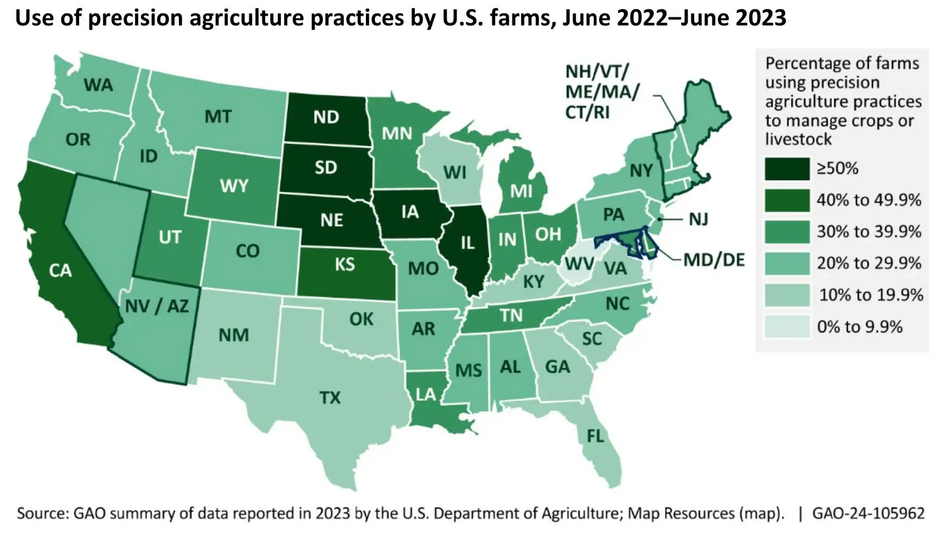
- Artificial Intelligence (AI): The Agronomist in Your Pocket
Artificial intelligence (AI) transforms agriculture from a practice guided by intuition to a data-driven science. AI algorithms can analyze massive datasets collected from many sources, including IoT sensors, drones, and weather stations. By identifying patterns and hidden insights within this data, AI empowers farmers to make more informed decisions and achieve significant improvements in several areas.
Here are some ways AI is revolutionizing precision farming:
Predicting crop yields: AI algorithms can analyze historical data, weather patterns, and current crop health to forecast yields with greater accuracy. This allows farmers to plan resource allocation, storage, and marketing strategies more effectively.
Optimizing fertilizer and water use: AI can analyze soil conditions, sensor data, and weather forecasts to determine the precise amount of fertilizer and water needed for each specific area of a field. This reduces waste, minimizes environmental impact, and maximizes crop productivity.
Disease and pest detection: AI-powered image recognition can analyze drone imagery or sensor data to detect signs of disease or pest infestation at an early stage. The pathology of plants is complex, involving both physical stressors like nutrition and chemical imbalances and biological factors like fungal infections or viruses. AI detection enables farmers to take targeted action earlier to minimize crop losses.
Improving livestock management: AI can analyze data from wearables and sensors to monitor animal health, predict breeding cycles, and optimize feed rations. This leads to improved animal welfare, increased productivity, and reduced production costs.
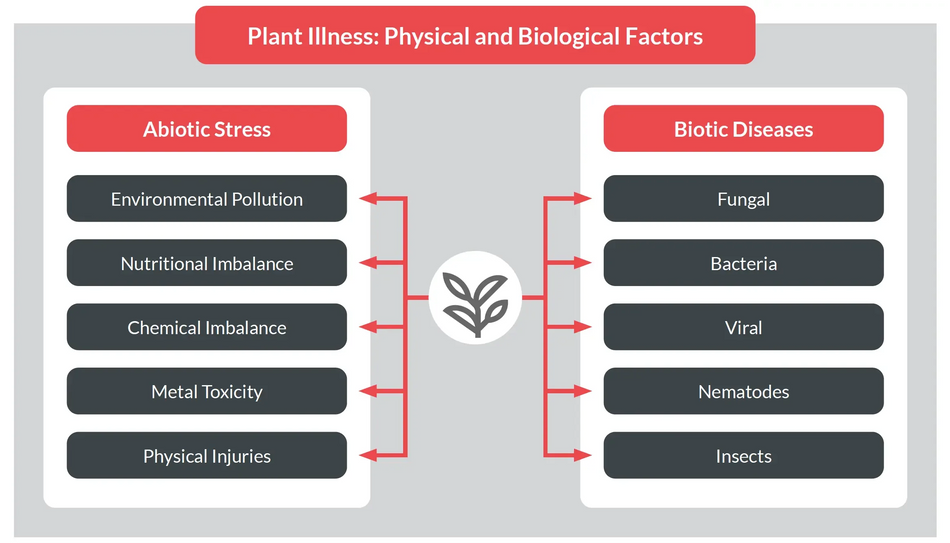
PCBAs: The Powerhouse Behind AI at the Farm Edge
While AI algorithms reside in the cloud or on powerful servers, the data they analyze often originates from devices located directly on the farm. These devices, known as edge devices or gateways, play a critical role in data collection, pre-processing, and transmission. Here's where PCBAs come into play.
High-quality PCBAs within these edge devices are essential for:
Real-time data processing: PCBAs house powerful processors that enable on-farm data analysis, filtering out irrelevant information before transmission. This reduces bandwidth requirements and allows for faster decision-making.
Secure data communication: PCBAs integrate robust security features to safeguard sensitive farm data during transmission to the cloud or farm management software.
Reliable device functionality: A well-designed PCBA ensures the uninterrupted operation of sensors, communication modules, and other components within the edge device. This guarantees the continuous flow of data required for AI analysis.
By providing the processing power and communication capabilities necessary for AI integration at the farm edge, PCBAs are instrumental in unlocking the transformative potential of AI in precision agriculture.
- Unmanned Aerial Vehicles (UAVs); Taking Farm Scouting Further
Unmanned aerial vehicles (UAVs), commonly known as drones, are rapidly transforming how farmers gather information about their fields. Acting as the eyes in the sky, these versatile machines provide a comprehensive overview of crop health, field conditions, and potential problems.
UAVs equipped with advanced sensors and high-resolution cameras can be used for a variety of agricultural applications, including:
Field scouting: Drones can cover vast areas quickly and efficiently, allowing farmers to identify areas of concern, such as stunted growth, irrigation issues, or weed patches.
Crop health monitoring: Multispectral cameras capture data beyond the visible spectrum, revealing subtle variations in plant health that might be invisible to the naked eye. This allows for early detection of diseases, nutrient deficiencies, or pest infestations.
Yield estimation: By analyzing drone imagery, farmers can estimate crop yields with greater accuracy, facilitating informed decisions about harvesting, storage, and marketing.
Optimal harvesting: Drones can accurately estimate the optimal harvesting date for field crops. According to a 2023 NCBI report, even a one-to-two-day deviation from the optimal harvesting window can significantly reduce farm profits.
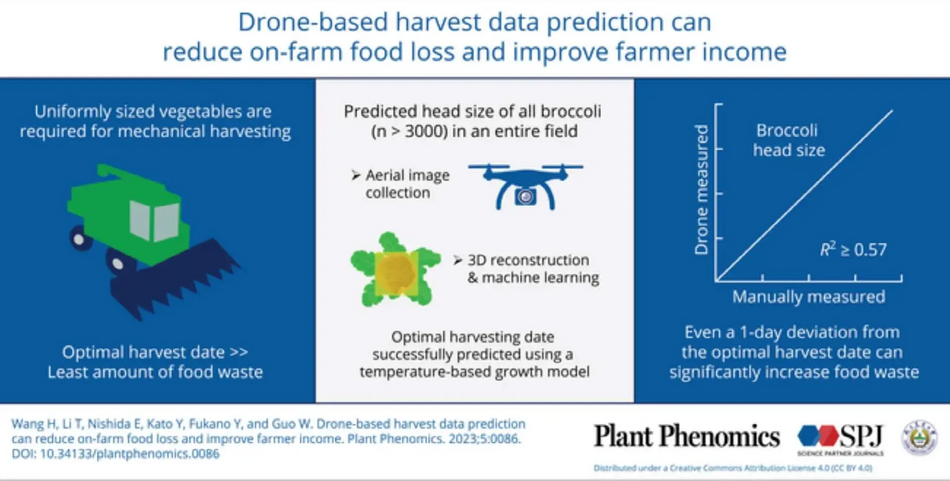
- Precision spraying: Drones equipped with targeted spraying systems allow farmers to apply pesticides, herbicides, or fertilizers only to specific areas where needed. This minimizes waste, reduces environmental impact, and improves overall efficiency.
Taking Flight with PCBA Innovation
The remarkable capabilities of agricultural drones rely heavily on sophisticated PCBAs. Just as they do in other Ag Tech applications, PCBAs integrate essential components that enable advanced features.
Here's how PCBAs contribute to the functionality of agricultural drones:
Autonomous flight control: PCBAs house complex flight control systems that utilize GPS, accelerometers, and gyroscopes to enable autonomous navigation. This allows drones to fly pre-programmed routes, ensuring complete field coverage without pilot intervention.
Real-time data processing: Onboard PCBAs can perform real-time data processing from sensors and cameras. This allows for immediate analysis of captured information, enabling farmers to make informed decisions while the drone is still in flight.
High-resolution image and video capture: PCBAs integrate interfaces for high-resolution cameras and video equipment. This allows drones to capture detailed imagery that can be used for precise field analysis and crop health monitoring.
By providing the processing power, communication capabilities, and control systems necessary for advanced functionality, PCBAs are critical for unlocking the full potential of UAVs in modern agriculture.
- Autonomous Farm Equipment: The Robots Are Coming (To Help)
The future of agriculture is increasingly autonomous. The vision of self-driving tractors that navigate fields with precision, harvesters that collect crops with robotics, and equipment that works around the clock is within reach. Mobile robotics utilize a combination of GPS, sensors, and artificial intelligence to perform tasks with minimal human intervention.
John Deere, for example, will soon offer a new autonomous tractor that can be operated manually or set for autonomous work. This allows farmers to use the tractor for manual operation when needed and switch to autonomous work in situations with limited labor availability or when manual operation is suboptimal, for example, at night. The tractor can be easily configured for autonomous operation through a mobile app and features obstacle detection and live video for remote monitoring.
The Potential Benefits of Autonomous Agriculture:
Increased Efficiency: Autonomous equipment can operate 24/7, maximizing productivity and reducing reliance on limited labor resources. This allows farmers to cover more ground and complete tasks in shorter windows, optimizing planting and harvesting cycles.
Reduced Labor Costs: While skilled labor will always be essential in agriculture, autonomous equipment can handle repetitive tasks, freeing up human workers for higher-level activities like farm management and strategic planning.
Improved Farm Safety: Autonomous operation removes human workers from potentially hazardous situations involving heavy machinery or harsh weather conditions.
PCBAs: The Guiding Force Behind Autonomous Agriculture
The complex decision-making and precise control required for autonomous operation wouldn't be possible without reliable PCBAs. These miniature circuit boards act as the brains of autonomous equipment, integrating critical components that enable its sophisticated functions.
Here's how PCBAs make autonomous farm equipment a reality:
GPS and Navigation Systems: PCBAs integrate GPS modules and navigation software, allowing autonomous equipment to precisely follow pre-programmed routes and avoid obstacles in the field.
Sensor Fusion and Real-Time Decision-Making: A network of sensors, including LiDAR, radar, and cameras, feeds data into the PCBA. The board processes this sensor fusion in real-time, enabling the autonomous equipment to adapt to changing environmental conditions and make informed decisions on the go.
Powerful Processing for AI Integration: Onboard processors within the PCBA are powerful enough to run complex AI algorithms. This allows the autonomous equipment to leverage machine learning for tasks like identifying ripe crops during harvest or detecting weeds for targeted removal.
By providing the processing power, sensor interfacing, and navigation capabilities essential for autonomous operation, PCBAs are the backbone of the self-driving agricultural revolution.
- Big Data Analytics: Farming By the Numbers
The explosion of data in agriculture, generated by IoT devices, sensors, and other Ag Tech tools, has ushered in a new era of "big data analytics." By analyzing the explosion of data in agriculture, generated by IoT devices, sensors, and other Ag Tech tools, farmers are transforming how they manage their operations. Now it's not just about gut instinct and experience; data-driven insights empower smarter decision-making and optimize farm performance.
Agricultural production has undergone a remarkable transformation in recent decades. Despite a tripling of the global population since 1950, food production has kept pace. However, the challenge continues. The United Nations estimates that production needs to increase by another 50% to meet the demands of the still-growing population. Big data plays a large role in this by identifying optimization strategies to obtain better productivity and produce larger yields.
Through data analytics, farmers can unlock the secrets of their farms through:
Precision Crop Management: Data analysis can reveal insights into crop health, nutrient deficiencies, and potential yield variations across different field locations. This allows farmers to tailor fertilizer application, irrigation strategies, and pest control measures for specific zones, maximizing yield and resource efficiency.
Predictive Maintenance: By analyzing sensor data from farm equipment, farmers can anticipate potential maintenance issues before they occur. This proactive approach minimizes downtime, prevents costly repairs, and ensures equipment operates at peak performance during critical times.
Weather Forecasting and Risk Management: Integrating weather data with historical farm data allows for more accurate yield forecasts and informed decisions about planting schedules, harvesting windows, and potential weather-related risks.
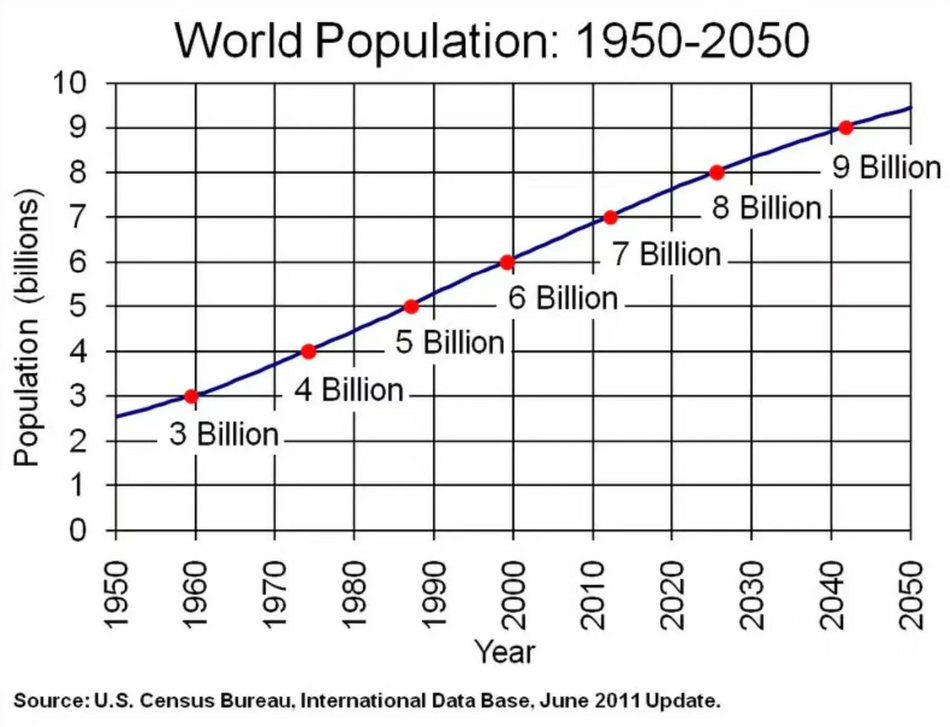
PCBAs: The Unsung Heroes of On-Farm Data Processing
While big data analysis might conjure up images of massive server farms, much of the initial data processing often happens locally. Edge devices and on-farm servers play a crucial role in collecting, filtering, and pre-processing data before transmission to the cloud. Here's where PCBAs come into play.
High-quality PCBAs within these devices are essential for:
Efficient Data Handling: PCBAs house powerful processors that can efficiently handle massive datasets, filtering out irrelevant information and preparing the data for further analysis.
Reliable Data Security: PCBAs can integrate robust security features to safeguard sensitive farm data during processing and transmission, protecting it from cyber threats.
Seamless Cloud Connectivity: PCBAs ensure reliable communication with cloud-based analytics platforms, enabling the seamless transfer of processed data for further analysis and visualization.
By providing the processing power, data security, and connectivity necessary for on-farm data analytics, PCBAs play an unseen but critical role in transforming raw farm data into actionable insights that empower smarter agricultural decision-making.
The Future of Agriculture is Built on PCBAs
The future of agriculture is undeniably connected to advancements in technology, and PCBAs are the foundation upon which many of these advancements rely. As Ag Tech continues to evolve, the demand for reliable, high-quality PCBAs will only increase.
Here at MacroFab, we understand the critical role PCBAs play in the agriculture industry. Our experienced engineers and state-of-the-art manufacturing facilities are equipped to handle the unique needs of Ag Tech applications. Whether you require high-volume production of sensor boards for IoT devices or complex multi-layer PCBAs for autonomous farm equipment, MacroFab can deliver the quality and expertise you need.
Partner with MacroFab for Your Agricultural Technology PCBA Needs
As you explore the exciting possibilities of Ag Tech, let MacroFab be your trusted partner in PCBA manufacturing. We offer a wide range of services to support your project, including
DFM (Design for Manufacturability) review: Our engineers will review your PCBA design to ensure it meets manufacturability standards and optimize it for cost and performance.
Prototype fabrication: Quickly turn your ideas into reality with our rapid prototyping service.
High-volume production: We have the capacity and expertise to handle large-scale PCBA production runs.
Testing and inspection: We offer a comprehensive suite of testing services to ensure your PCBAs meet the highest quality standards.
We are committed to providing our clients with the resources and support they need to succeed in the ever-growing Ag Tech market. Together, we can build a more sustainable and productive future for agriculture.
